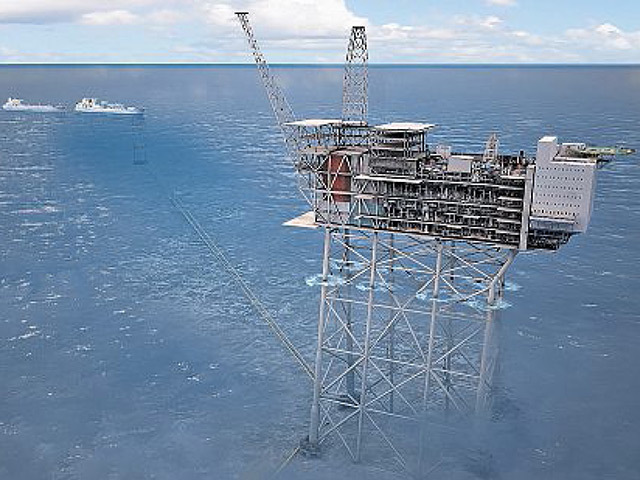
The prolonged slump in oil price has pushed investment in development of the UK North Sea significantly lower, threatening the viability of the industry.
Efforts to sustain the UK oil and gas industry have been aided by the better-than-expected 2016 UK Budget.
The headline tax rate on the UK oil and gas sector will be cut from 50% (or 67.5% for older fields) to 40%. This could result in a value increase of up to 20% for new developments and up to 70% for mature fields.
However, with many fields already not taxable due to the low oil price, the effects will vary significantly across company portfolios.
Many new field developments leverage underutilised existing infrastructure to lower upfront capital costs.
As mature, unprofitable assets shut in production due to negative cash flow due to low oil prices and are inevitably decommissioned, the development cost for new projects could increase. This will in effect strand untapped reserves and value.
The 2016 UK Budget provides an unspecified tax relief on decommissioning which facilitates the divestment of mature assets. The marginal returns and limited production upside offered in mature fields in the North Sea lend themselves to smaller operators, for which decommissioning liabilities can be too much, too soon.
Reducing this burden is supportive of the industry evolving, allowing for willing buyers to take over mature operations, and ultimately benefiting third party users of the infrastructure.
The fiscal discipline being exercised across the industry will require tighter cost control for project approval and investment.
GlobalData’s mid-term forecast continues to show reduced investment in the region as companies reduce all non-essential costs and look to divest or shut down high cost production. Near-term capital expenditure comes from projects approved years earlier and already underway.
These key projects include Mariner, Martin Linge, and of course Johan Sverdrup. These projects due to their large reserves will require standalone facilities via platforms or floating production facilities.
Several operators and equipment and service providers have begun collaborating to spur standardization and efficiency to help reduce project costs and lower break even prices for borderline projects.
Oil & Gas UK’s Efficiency Task Force initiated the Industry Behaviours Charter, which is a framework for companies to foster and develop collaboration. So, far the initiative has 40 signatories from both equipment and service providers and producers in the North Sea.
While adding significant volumes of production, new projects are balanced by declines at mature fields. Without continued offshore exploration, the inevitable decline in both production and infrastructure will accelerate.
A key bellwether for the UK offshore will be the next licensing event, the 29th Offshore Round, potentially in 2017.
The Oil and Gas Authority has encouraged companies to participate by shooting new 2D seismic covering the Rockall and Mid North Sea High at cost of £20 million, through a government funded seismic program.
The 28th Round in 2015 awarded 41 licenses which was far below the 167 licenses receiving offers in 2012. The awards and subsequent exploration activity will drive development of the next round of projects and capital expenditure 5 to 10 years out.
Joseph Gatdula, is senior upstream analyst at GlobalData.
Recommended for you
